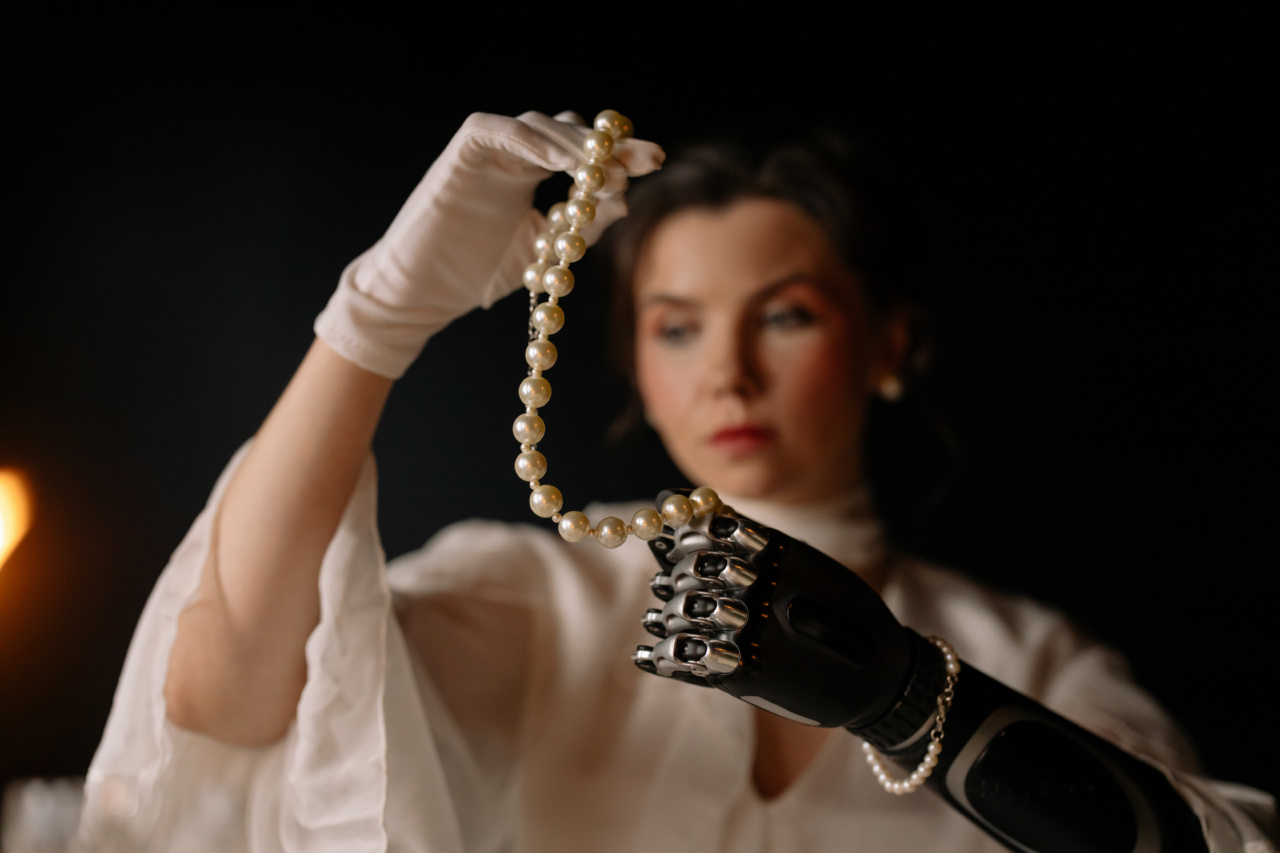String and necklaces have been a part of human culture for thousands of years, serving both practical and symbolic purposes.
From primitive beads strung on animal sinew to elaborate gold chains adorned with precious gemstones, these accessories have traversed various civilizations, leaving behind a legacy of beauty, symbolism, and cultural significance. In this article, we will delve into the fascinating history and evolution of string and necklaces.
The Origins of String
String, in its simplest form, is a basic structure composed of twisted or braided fibers. Its origin can be traced back to prehistoric times when early humans used natural materials such as plants, animal hair, and sinew to tie objects together.
The invention of string represented a significant step forward for our ancestors, allowing them to create more complex tools, hunting implements, and later, decorative items.
The Early Beginnings of Necklaces
The concept of wearing ornaments around the neck emerged in ancient civilizations.
Early necklaces were often crafted using various natural materials such as shells, bones, feathers, and stones, which were then strung together with strings made from plant fibers or animal tendons. These early necklaces served both functional and aesthetic purposes, with some believed to offer spiritual protection or capture supernatural energy.
Jewelry in Ancient Egypt
Ancient Egypt holds a significant place in the history of necklaces and jewelry. Egyptians were known for their love of opulence and believed that adornments played a crucial role in both personal and divine rituals.
Necklaces were an integral part of their fashion and were worn by both men and women. Precious metals like gold and silver were combined with vibrant gemstones such as emeralds, rubies, and lapis lazuli to create stunning pieces of jewelry that symbolized wealth, power, and spirituality.
The Influence of Roman and Greek Culture
The Roman and Greek civilizations had a profound influence on the evolution of necklaces. Greek jewelry was often characterized by intricate designs inspired by nature, mythology, and geometric patterns.
They favored the use of gold, pearls, and colored gemstones in their necklaces. Romans, on the other hand, were known for their love of extravagant jewelry, with necklaces being no exception. They were particularly fond of gemstone-encrusted necklaces, such as those featuring large, eye-catching pendants.
The Renaissance and Beyond
In the Renaissance era, necklaces took on a more intricate and elaborate appearance. Innovations in gem-cutting techniques resulted in the creation of dazzling, faceted gemstones that were set in elaborate settings.
Necklaces became a symbol of wealth and status during this period, and their designs were influenced by the art and fashion of the time. In subsequent centuries, necklaces continued to evolve, reflecting the changing tastes and styles of each era.
Necklaces in Modern Times
In modern times, necklaces have become a versatile accessory worn by people from all walks of life. The emergence of diverse materials and manufacturing techniques has further expanded the options available.
Necklaces can now be found in various styles, lengths, and materials, ranging from delicate gold chains to chunky statement pieces made of beads, wood, or even recycled materials. They serve as a way to express personal style, commemorate special moments, and carry sentimental value.
The Significance and Symbolism of Necklaces
Necklaces have always held deep symbolism in different cultures throughout history. They have been worn to indicate social status, religious beliefs, and cultural identity.
In certain cultures, necklaces were also believed to possess protective properties and were worn to ward off evil spirits or bring good luck. Amulets, pendants, and talismans attached to necklaces were often chosen for their symbolic representation or spiritual meaning.
The Sustainability Movement and Necklaces
With the growing awareness of environmental impact and sustainability, the jewelry industry has also undergone changes.
Many artisans and designers now create eco-friendly necklaces using recycled materials, ethically sourced gemstones, and sustainable practices. The shift towards sustainable necklaces reflects the changing values and conscious choices of consumers who seek to minimize their ecological footprint.
The Future of String and Necklaces
As we move forward into the future, string and necklaces will continue to capture our imagination and hold a special place in our lives.
From traditional designs passed down through generations to avant-garde creations by contemporary artists, necklaces will remain an expression of personal style, cultural heritage, and individuality. With new technologies and innovative materials on the horizon, the possibilities for string and necklaces are endless.
Celebrating the Beauty and Meaning of String and Necklaces
String and necklaces have transcended time and culture, adorning the bodies of humankind for millennia. Their evolution tells a story of creativity, craftsmanship, and the desire for self-expression.
Whether it’s a simple thread of string or an intricately designed necklace, these accessories continue to hold significance in our lives, connecting us to our past, present, and future. So, the next time you wear a necklace, take a moment to appreciate the craftsmanship, meaning, and beauty that it represents.































